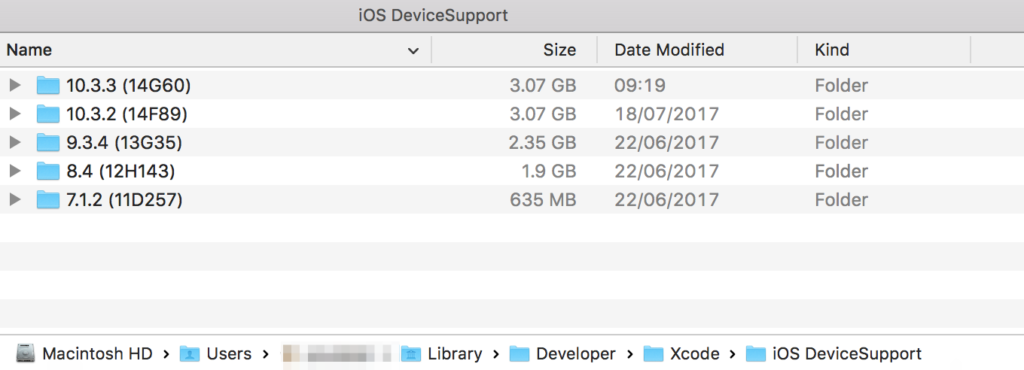Despite the fact that Swift has been available to iOS developers for over 4 years now, it’s likely that many long-lived apps still have Objective-C code in them. To keep things up to date, and to take advantage of the more modern Swift language, you will need to port those at least some of those classes to Swift.
You are instantly drawn to your small, simple classes, and you think, “Sure, those won’t be a problem at all. I could knock these out in a couple hours a piece.”
But then you open up one of your large classes. And you freeze.
You know which one. Every codebase has (at least) one. It is one of the core classes of the app: hundreds (or thousands…) of lines of code, many dependencies on other classes in your codebase. It’s a core part of the app; porting this class and testing that the porting doesn’t completely break everything else could takes weeks. Nobody has time for “weeks” anymore.
So you surrender, and those big, hairy Objective-C classes stay big, hairy Objective-C.
It saves unnecessary rework to only refactor code that you are actually changing for another reason. But if you’re only changing one method, you don’t want to port the rest of the class you aren’t touching, because it means extra coding work, extra testing work, extra review work…
Is there a way to port Swift like this, method by method, property by property? There is, by writing Swift extensions for your Objective-C classes.
